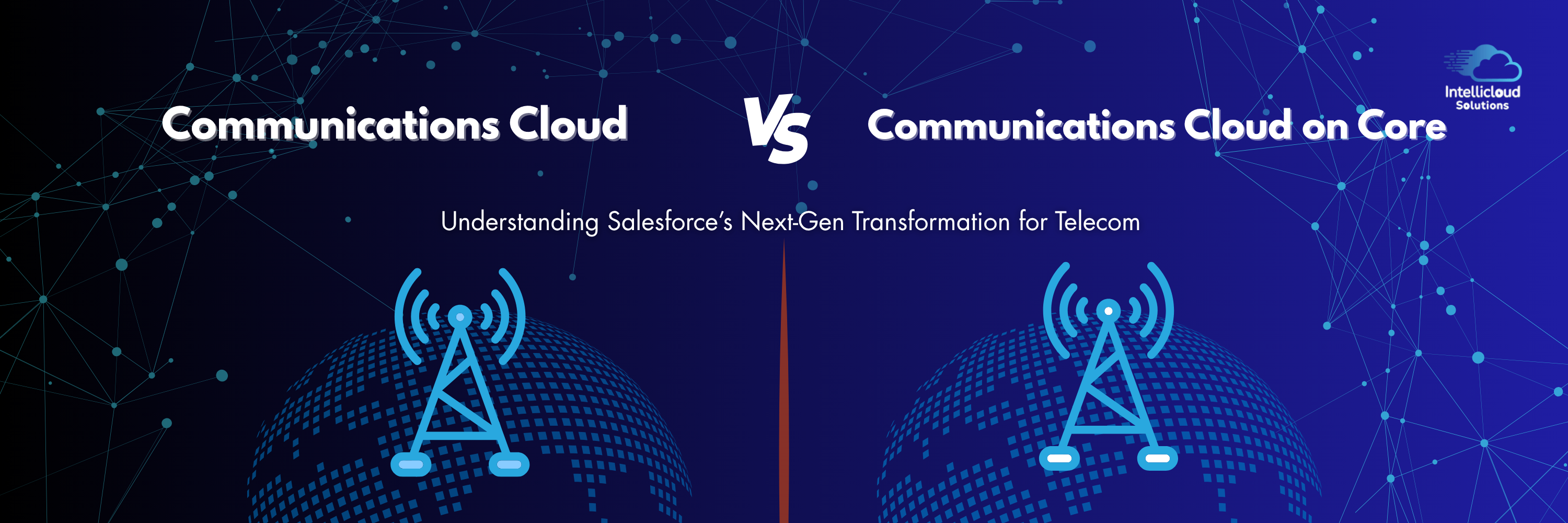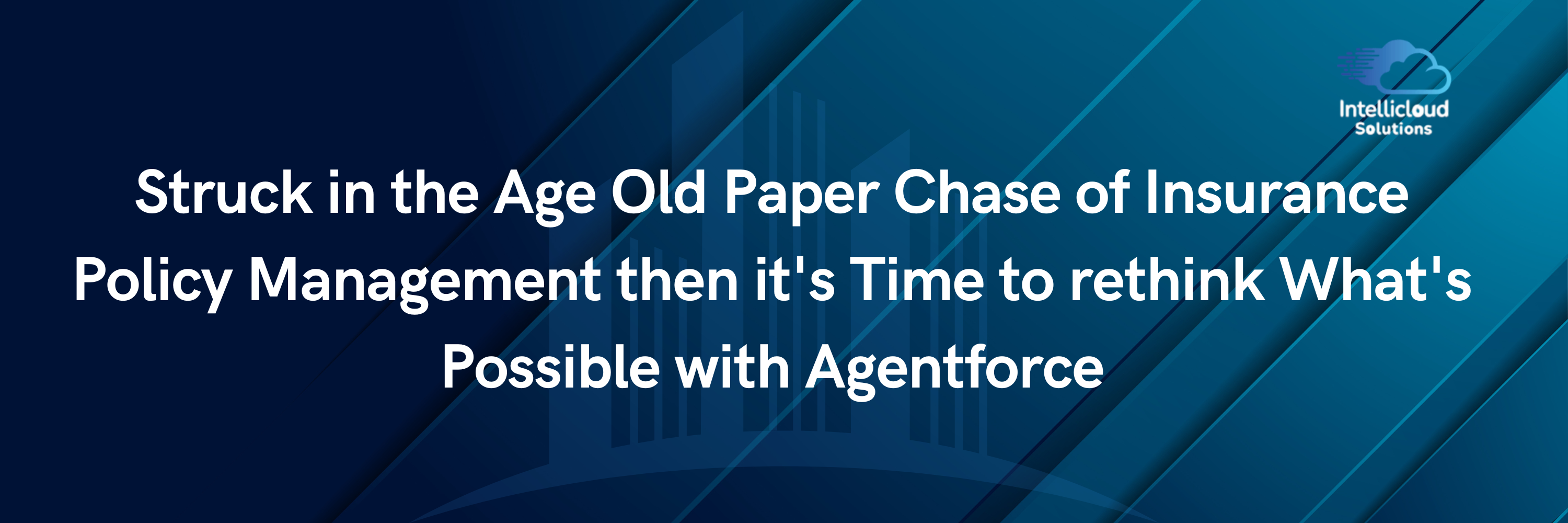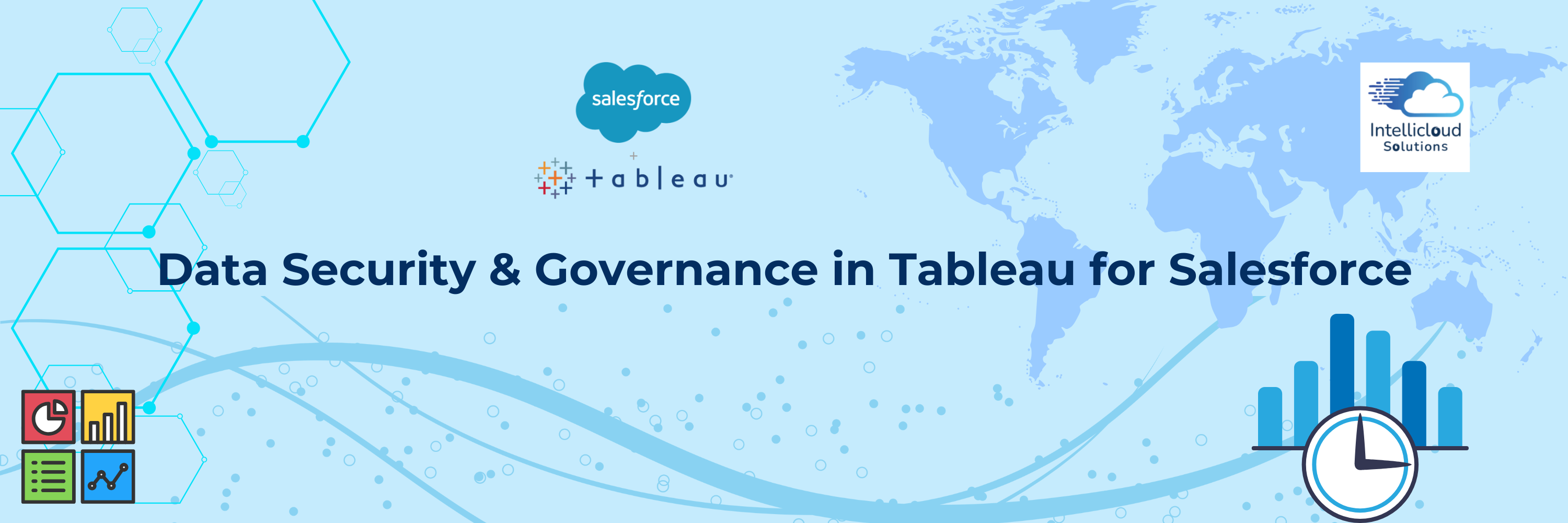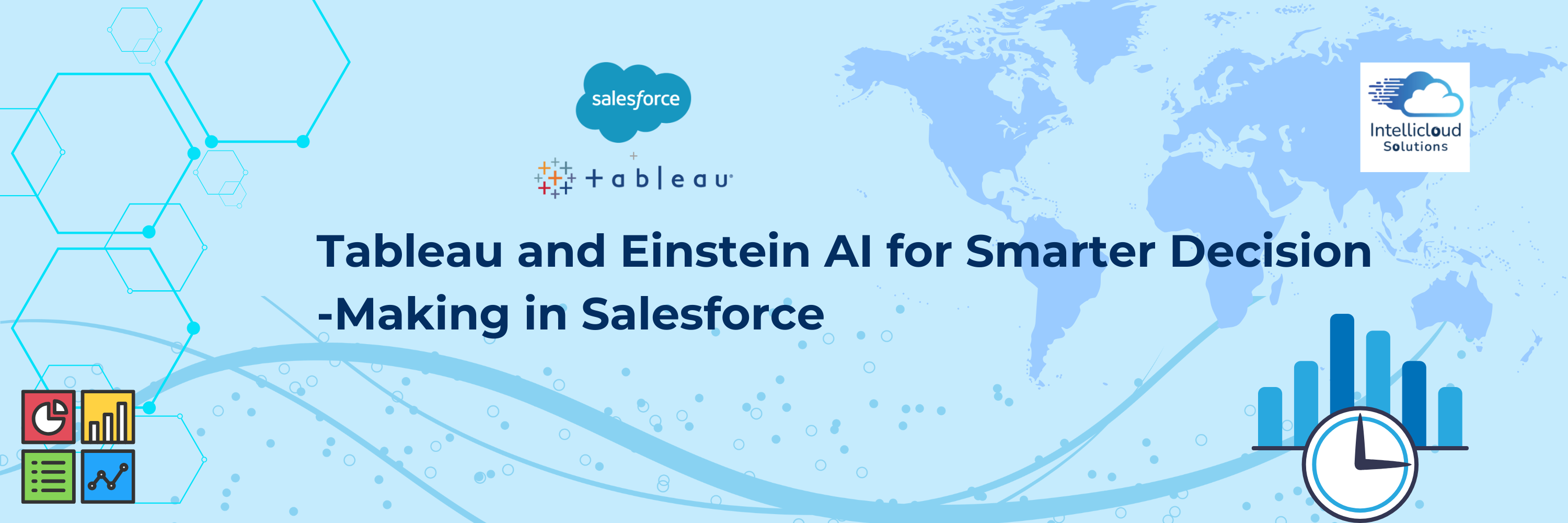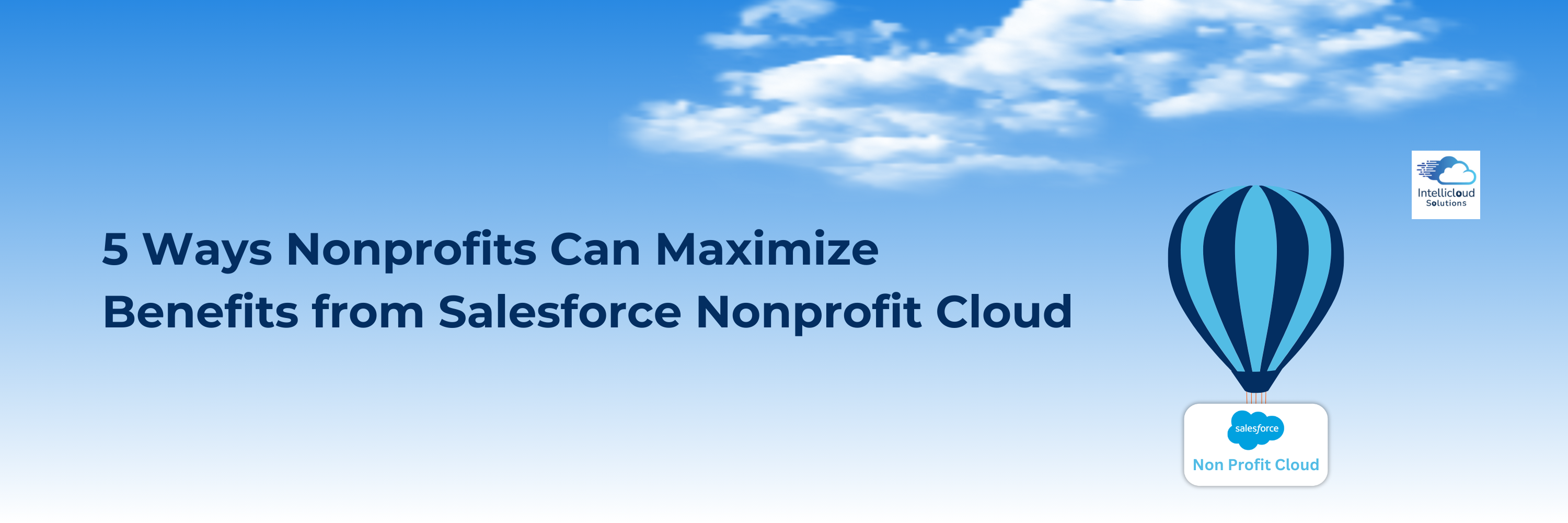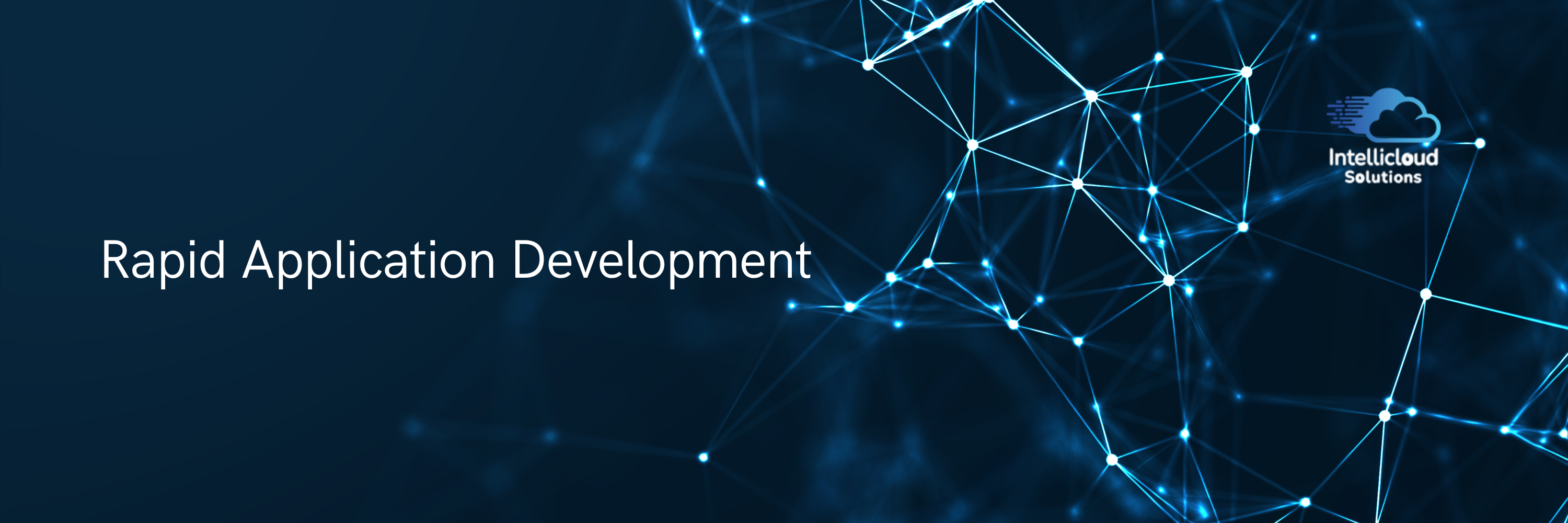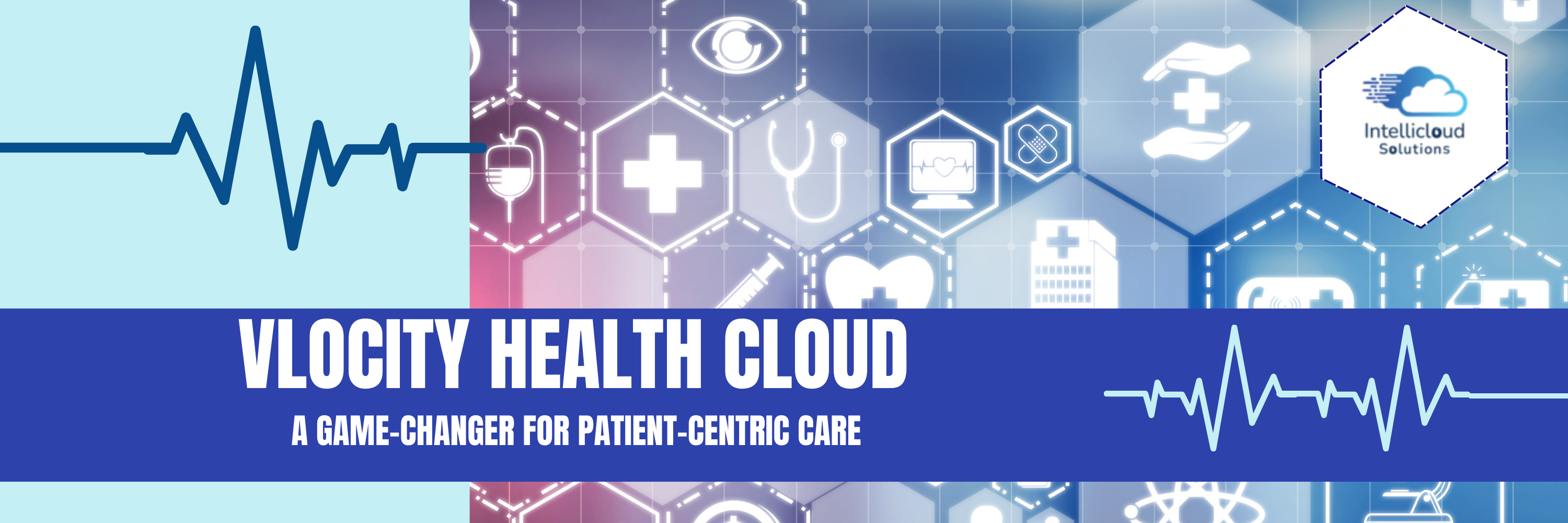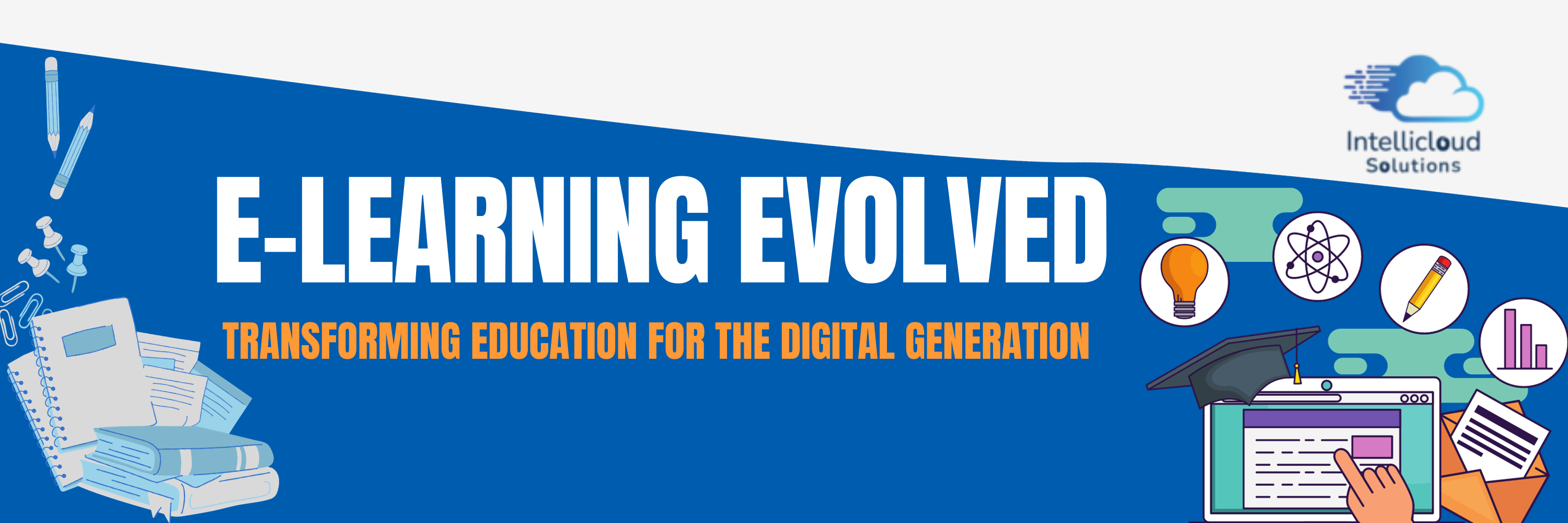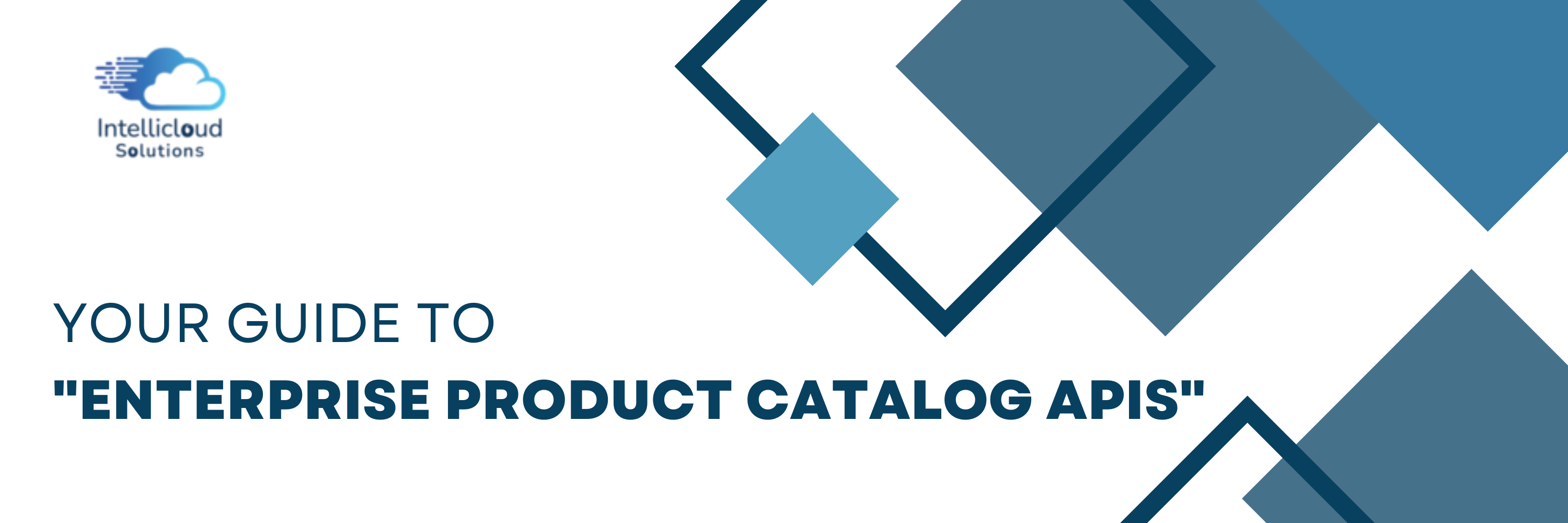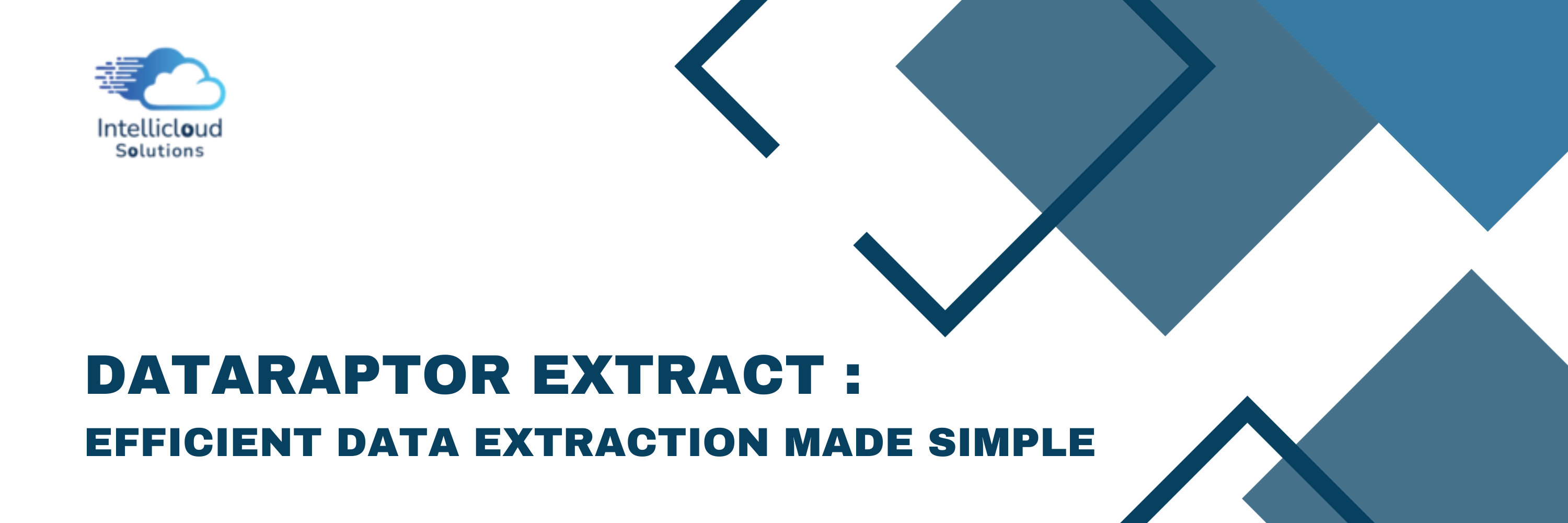Introduction
Telecommunications companies today face mounting pressure — from digitizing legacy systems to launching 5G and fiber services faster, while still providing seamless customer experiences. Salesforce’s Communications Cloud has long been a trusted platform for CSPs (Communication Service Providers) to simplify sales, service, and order management. However, Salesforce has taken a giant leap forward with Communications Cloud on Core — a re-architected, platform-native evolution designed to deliver greater scalability, performance, and AI-driven intelligence.
In this document, we will explore the key differences between the two offerings, what this evolution means for telecom operators, and why “Comms on Core” represents the future of the industry.
1. The Evolution — From Managed Package to Native Core
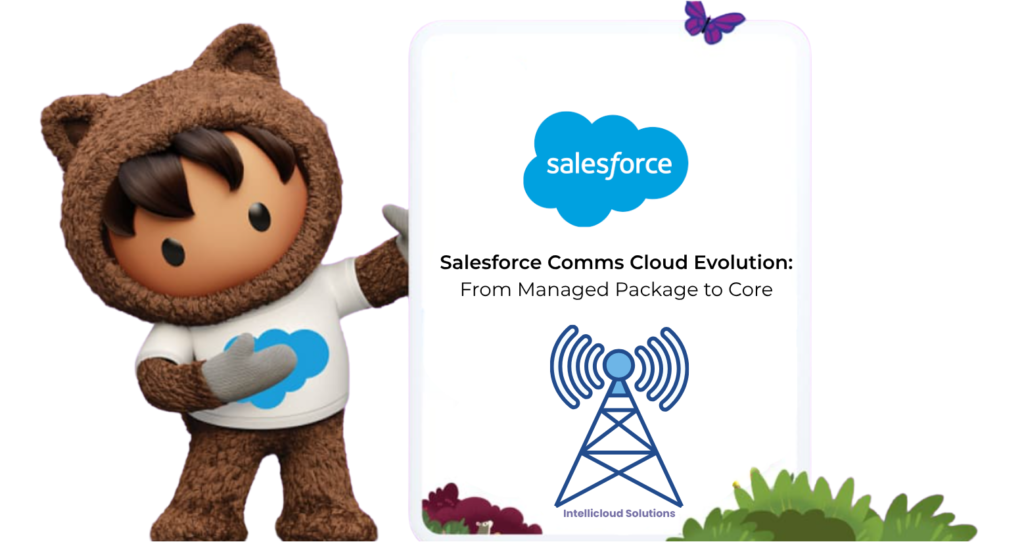
| Aspect | Communications Cloud (Managed Package) | Communications Cloud on Core (Native) |
| Architecture | Built as a managed package on top of Salesforce Core. Relies on custom objects, data models, and logic separate from the core platform. | Fully native to Salesforce Core, using standard platform objects and services (Sales, Service, Data Cloud, OmniStudio, Flow). |
| Deployment Model | Installed and maintained as an add-on package with periodic upgrades. | Delivered natively within the Salesforce platform — no separate installation. Updates align with regular Salesforce releases. |
| Performance & Scale | Some performance limitations due to extra abstraction layers. | Better performance, scalability, and extensibility due to direct access to core objects and services. |
| Extensibility | Requires complex configuration, sometimes with code customization. | Uses platform-native tools (Flow, AI, Data Cloud, Apex) for configuration — easier to extend and automate. |
| Integration | Integration typically via OmniStudio APIs or custom connectors. | Native support for TM Forum APIs (e.g., TMF620, TMF629, TMF648) and platform-level integration with MuleSoft, Data Cloud, and others. |
| AI & Data | Limited Einstein integration; data stored in package-specific objects. | Deep Einstein, GPT, and Data Cloud integration with unified customer data model. |
| Maintenance | Multiple upgrade dependencies and version control challenges. | Streamlined maintenance aligned with Salesforce’s release cycle. |
| User Experience | Separate managed package UIs and data layers. | Unified experience across Sales, Service, and Industry features. |
2. Why Salesforce Introduced “Comms on Core”

Salesforce recognized that telecoms needed a lighter, faster, and more integrated approach — one that harnesses the full power of the Salesforce platform rather than sitting beside it.
Key drivers behind Comms on Core:
- Performance and scalability: native data model eliminates package overhead.
- Simplified upgrade path: automatic inclusion in platform updates.
- Unified data model: shared with Sales, Service, and Marketing Clouds.
- AI-first design: native access to Einstein, GPT, and Data Cloud.
- Lower TCO: less maintenance, faster time-to-market, reduced complexity.
In essence, Comms on Core is Salesforce’s modernization of its telecom platform — merging industry capabilities with CRM core strengths.
3. Capability Comparison — What’s New or Improved?
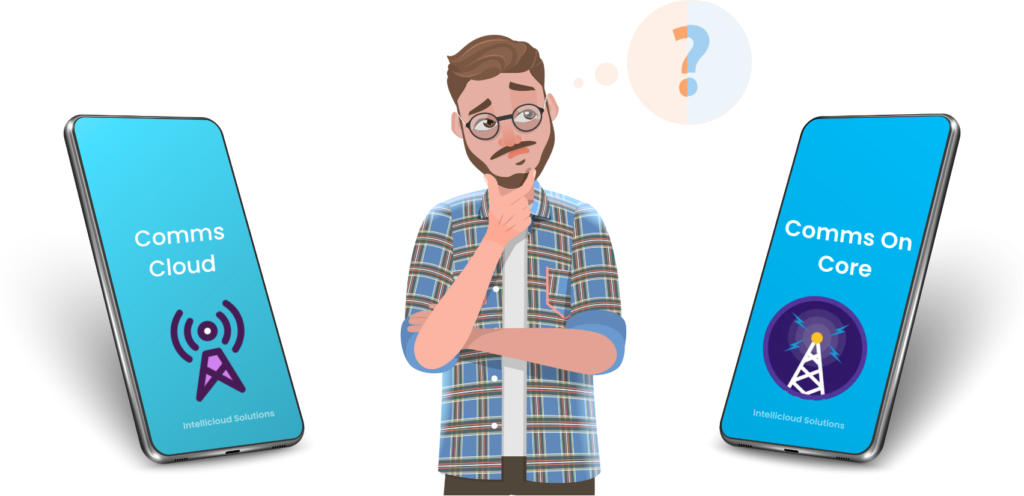
| Capability | Legacy Comms Cloud | Comms on Core (Next-Gen) |
| Enterprise Product Catalog (EPC) | Custom-managed product model; slower to adapt. | Native, high-performance EPC with lifecycle management and versioning. |
| CPQ / Quoting | OmniStudio-based quoting; requires integration layers. | Platform-native quoting leveraging Salesforce CPQ extensions for telecom. |
| Order Management | Managed-package order capture; orchestration via OmniStudio. | Platform-native order capture & fulfillment with TMF API alignment. |
| Service Operations | Separate service layer, limited AI support. | Unified Service Cloud experience with AI assistance and Omni-channel. |
| Billing Inquiry & AI | Manual workflows, limited automation. | Built-in Generative AI for billing inquiries and service summaries. |
| Partner & API Integration | Heavier reliance on custom connectors. | Out-of-the-box TM Forum APIs and native MuleSoft/Data Cloud integration. |
| Analytics & Reporting | CRM Analytics optional, external linkage. | Real-time analytics built into platform, powered by Data Cloud. |
4. Transitioning from Communications Cloud to Comms on Core
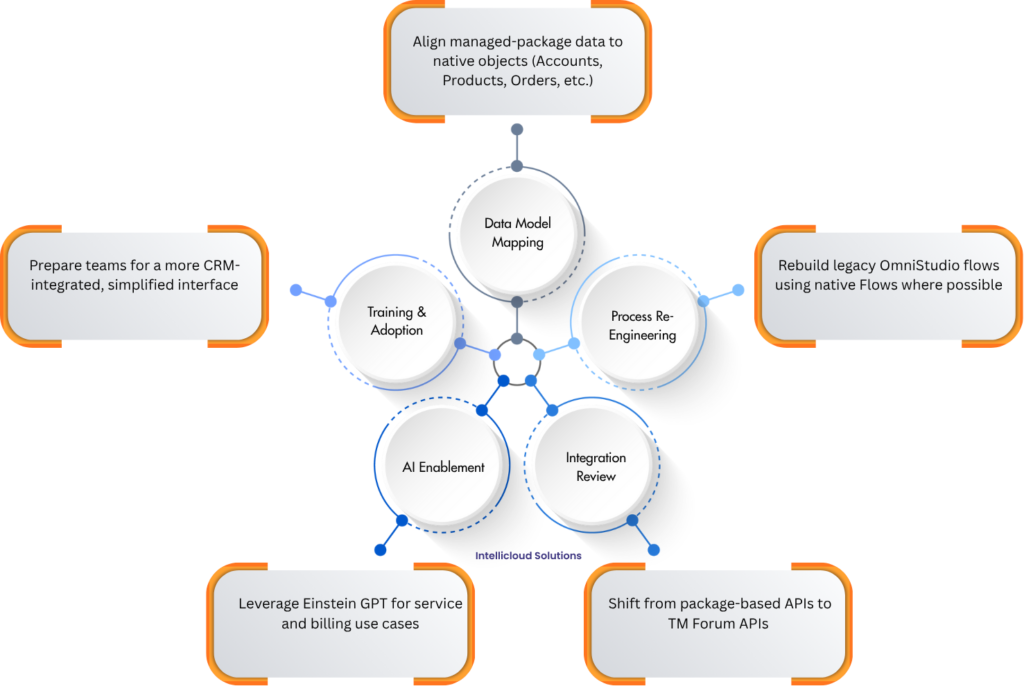
Migration Considerations
- Data Model Mapping: Align managed-package data to native objects (Accounts, Products, Orders, etc.).
- Process Re-Engineering: Rebuild legacy OmniStudio flows using native Flows where possible.
- Integration Review: Shift from package-based APIs to TM Forum APIs.
- AI Enablement: Leverage Einstein GPT for service and billing use cases.
Training & Adoption: Prepare teams for a more CRM-integrated, simplified interface.
Benefits After Migration
- Faster quoting and order cycles
- Unified data and analytics
- Simplified upgrades
- Lower operational complexity
- Better alignment with Salesforce roadmap
5. Which One Is Right for You?
| Situation | Recommended Path |
| You’re starting fresh with Salesforce for telecom. | Go straight to Communications Cloud on Core — the strategic future platform. |
| You’re a legacy Comms Cloud customer with heavy customizations. | Plan a phased migration: start with new use cases (e.g., quoting or billing inquiries) on Core while maintaining legacy processes temporarily. |
| You need immediate CPQ and order capabilities but can’t replatform yet. | Continue with Comms Cloud short-term; plan transition within 12–24 months. |
| You want to leverage AI, Data Cloud, and GPT features. | Comms on Core — built for native AI and unified data. |
6. The Future — A Unified Industry Platform
Salesforce’s roadmap makes it clear: “On Core” is the strategic direction not just for Communications, but for other industries (Media, Energy, Utilities, Public Sector) as well.
This shift ensures every industry cloud runs natively — sharing a unified data model, AI layer, and integration fabric.
Expect future releases to deepen:
- TM Forum standards compliance
- AI-driven service and sales automation
- Unified industry data models (via Data Cloud)
- Modular deployment and faster industry rollout templates
Conclusion
The shift from Communications Cloud to Communications Cloud on Core marks more than a technical upgrade — it’s a re-platforming of how telecoms run their business on Salesforce.
With a native, AI-ready architecture, unified data layer, and lower TCO, Comms on Core sets the stage for faster innovation, deeper customer insights, and true operational agility.
For CSPs looking to modernize their BSS/CRM ecosystem — the message is clear: The future of Communications Cloud is on Core.
At Intellicloud Solutions, we’ve seen firsthand how Communications Cloud empowers businesses — from service providers enhancing customer experiences to enterprises transforming their digital engagement and product offerings.
